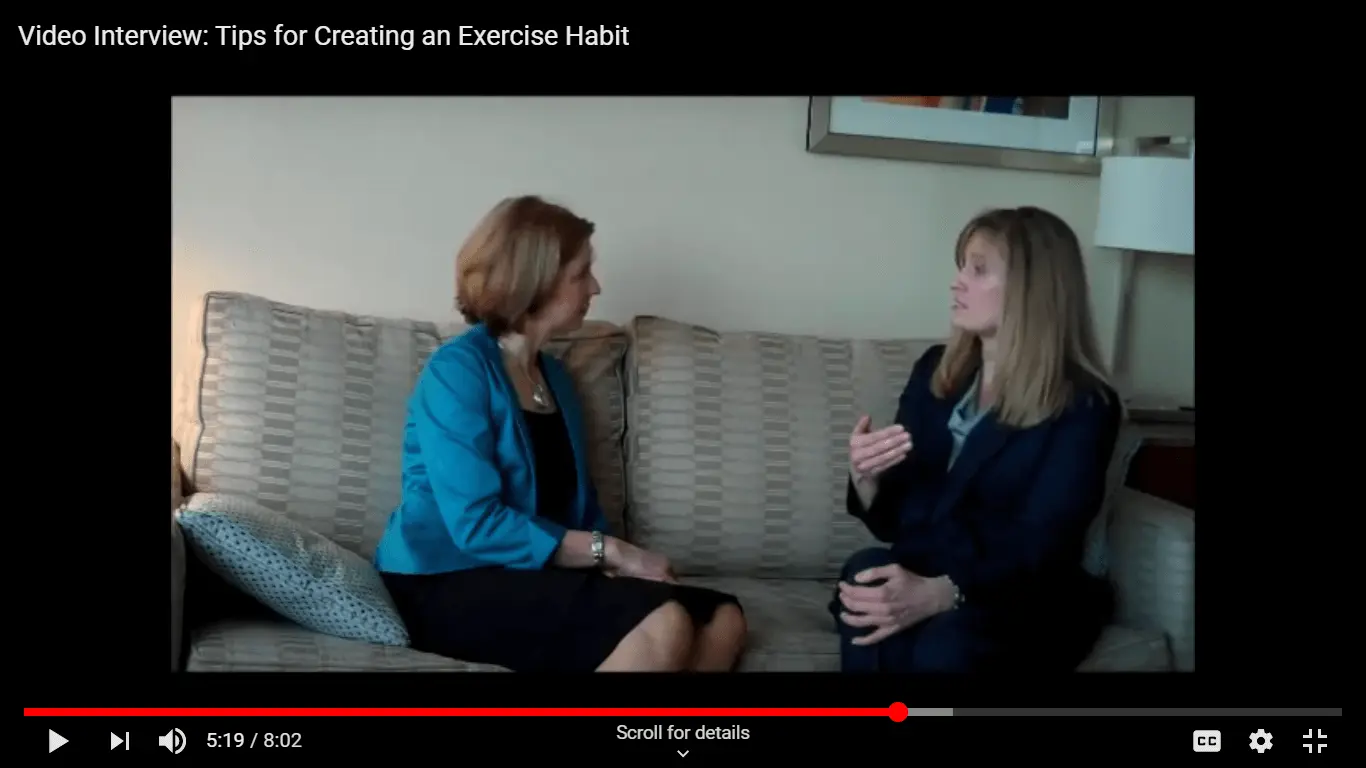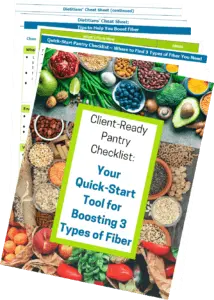
Exercise: How to Go from I Should to I Do
If only getting and staying active could happen automatically when you realize how important it is! Whether it’s increased energy or lower risk of cancer, heart disease and type 2 diabetes that motivates you, regular physical activity clearly can make a real difference in your life. Thanks to video interviews with Lynette Craft, PhD, in my last couple articles, you now know about the growing evidence on exercise and mental wellbeing, too.
In this final section of my interview with Dr. Craft, she shares tips she’s learned from both research and practical experience working with people about how to more easily create and maintain physical activity as a regular part of your lifestyle.
This is so important, I hope you will check out this video, add your own hints in the Comments section below, and then share the link with others.
Establishing regular physical activity as a part of your lifestyle doesn’t happen overnight. One thing I can say, from personal experience and that of many people I’ve worked with, however: it won’t happen on its own, and there will probably never be a time that is a perfect time to start. Better to take a small start today than to wait for a time to do it “perfectly”.
Step One: Take an honest look at where you are now
Both to develop a strategy that’s most workable for you and to monitor your progress, it helps to get a good look at your starting point.
Dr. Craft’s suggestions:
♦ Create a log to see how you spend your time. Look at how often you are active now. Also, look for a variety of different times that might offer options to squeeze in some physical activity.
♦ Consider a pedometer as a way to see how many steps you take on a typical day before you try to make any changes.
Step Two: Think outside the box to identify potential
♦ Most people don’t “find” time to work activity into their day. They make time.
♦ Expand your horizons by using Dr. Craft’s suggestions as a springboard to get ideas for lots of options of how you can move current daily life around or substitute 10 to 15 minutes of physical activity for a block of time you currently spend doing something else.
Step Three: Experiment
Dr. Craft suggests setting specific goals of ways you will try out physical activity, and be clear about when you will do this.
♦ View this as an experiment – commit to trying it out. If a particular activity or time slot doesn’t work for you, you needn’t feel that you are stuck with what you try.
♦ Keep track of what you do and make notes of what works in your life and how you feel. This tool can help you refine your efforts to create a personalized strategy that works for you.
Step Four: Keep Going!
Once you’ve chosen one or more strategies that seem to work for getting some physical activity every day, realize it will take some time for this to become an established part of your lifestyle.
Pay close attention to Dr. Craft’s suggestions in this area:
♦ Scheduling time for activity can still be flexible. The key is that when you need to make changes, you adjust the plan, not drop it.
♦ Social support makes a big difference. Will any of the options Dr. Craft suggests work for you, or how might you create/find social support to back you up?
♦ It’s easy to slide: keep track of what you’re doing with goals based on pedometer step counts or a calendar on which you note your activities.
Finally, I hope you will congratulate yourself regularly – and remind other people to do so – for taking such an important step for health and happiness!
Sign up to get future research updates sent straight to your email inbox to make sure you don’t miss a thing. (And you’ll get a free bonus tool to support healthy eating as a thank-you gift.) Just click here!
Resources
There are lots of ways to keep a log of your physical activity.
If you want to keep a print log, you can use this form that’s on page 2 of this document related to the Physical Activity Guidelines for Americans.
There are lots of ways to track your activity online. Here’s one spot at the SuperTracker section of the federal ChooseMyPlate website.
If you have a smart phone, you might also check what apps are available on your device for tracking physical activity. If you’ve found some you like, please share your feedback in the Comments section below.
The Wisconsin Department of Health Services provides this log for tracking step counts with a pedometer, along with reminders of what Dr. Craft said about how to move forward advancing your goals.
For information about choosing a pedometer, check my Health Talk column from earlier this year.
Published : July 27, 2012
Tagged: exercise, habit change, healthy habits, healthy lifestyle, Lynette Craft, physical activity, reducing cancer risk, video interview, weight control
Meet the author/educator
I Take Nutrition Science From Daunting to Doable.™
As a registered dietitian nutritionist, one of the most frequent complaints I hear from people — including health professionals — is that they are overwhelmed by the volume of sometimes-conflicting nutrition information.
I believe that when you turn nutrition from daunting to doable, you can transform people's lives.
Accurately translating nutrition science takes training, time and practice. Dietitians have the essential training and knowledge, but there’s only so much time in a day. I delight in helping them conquer “nutrition overwhelm” so they can feel capable and confident as they help others thrive.
I'm a speaker, writer, and nutrition consultant ... and I welcome you to share or comment on posts as part of this community!


